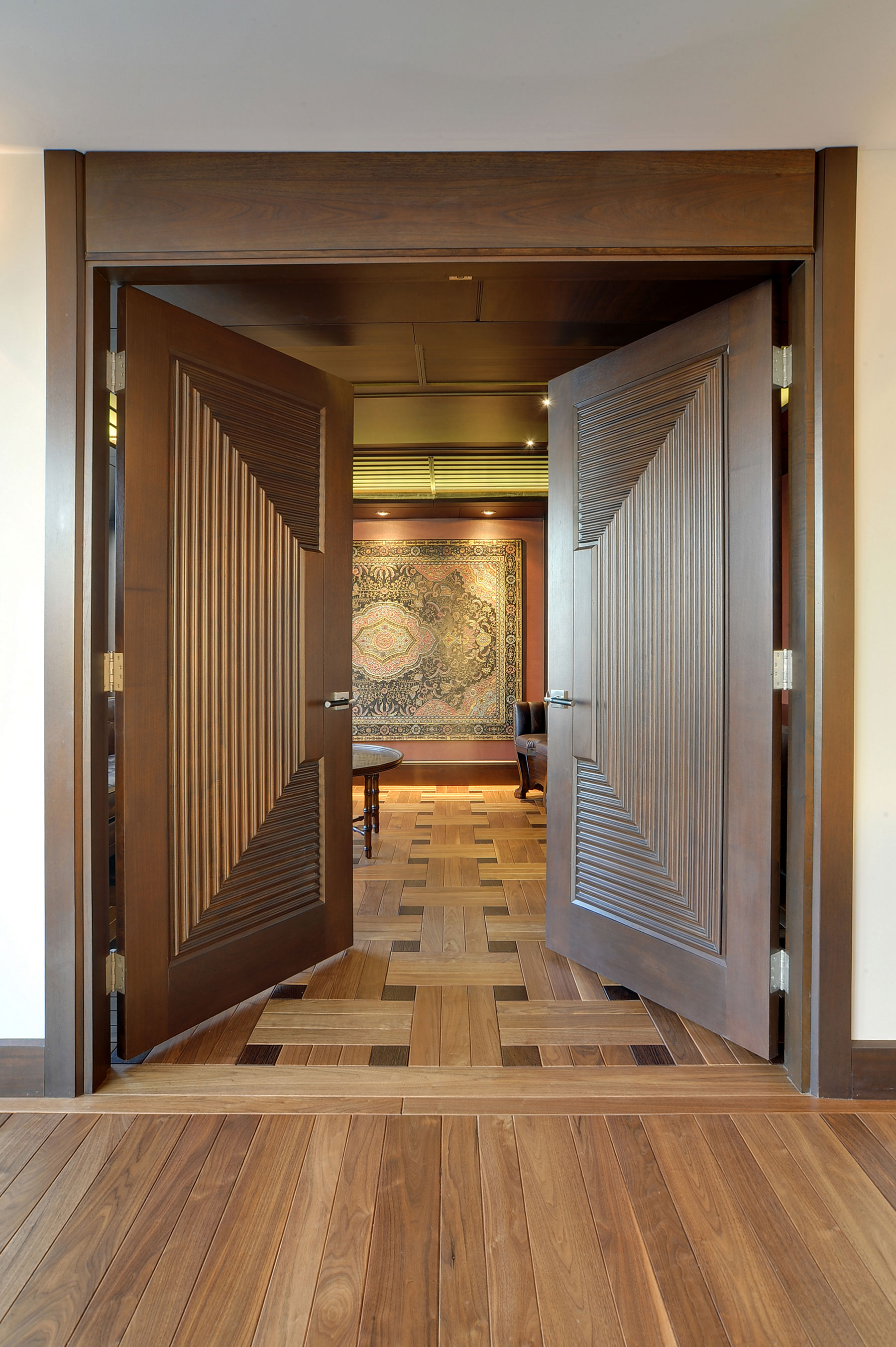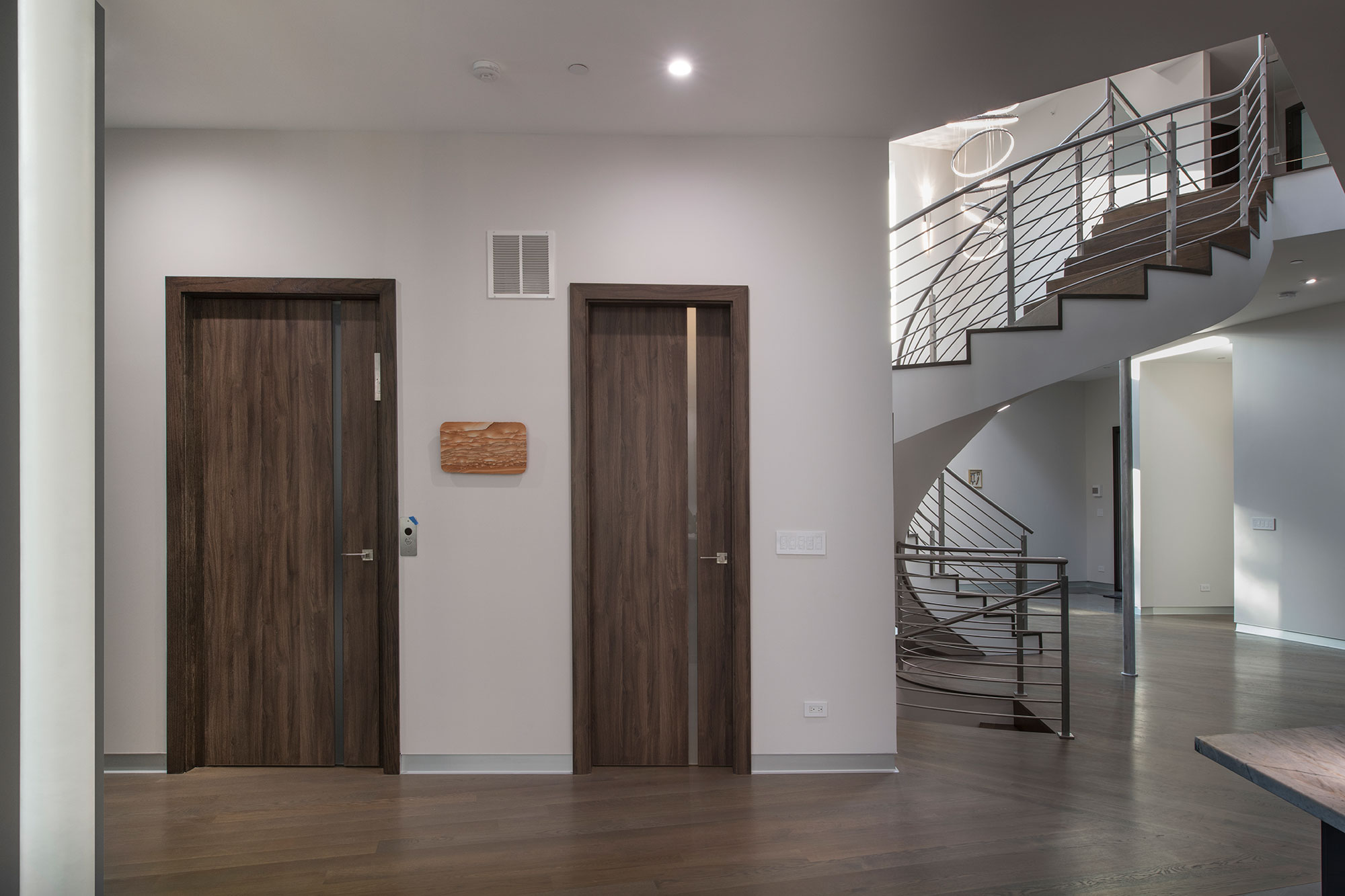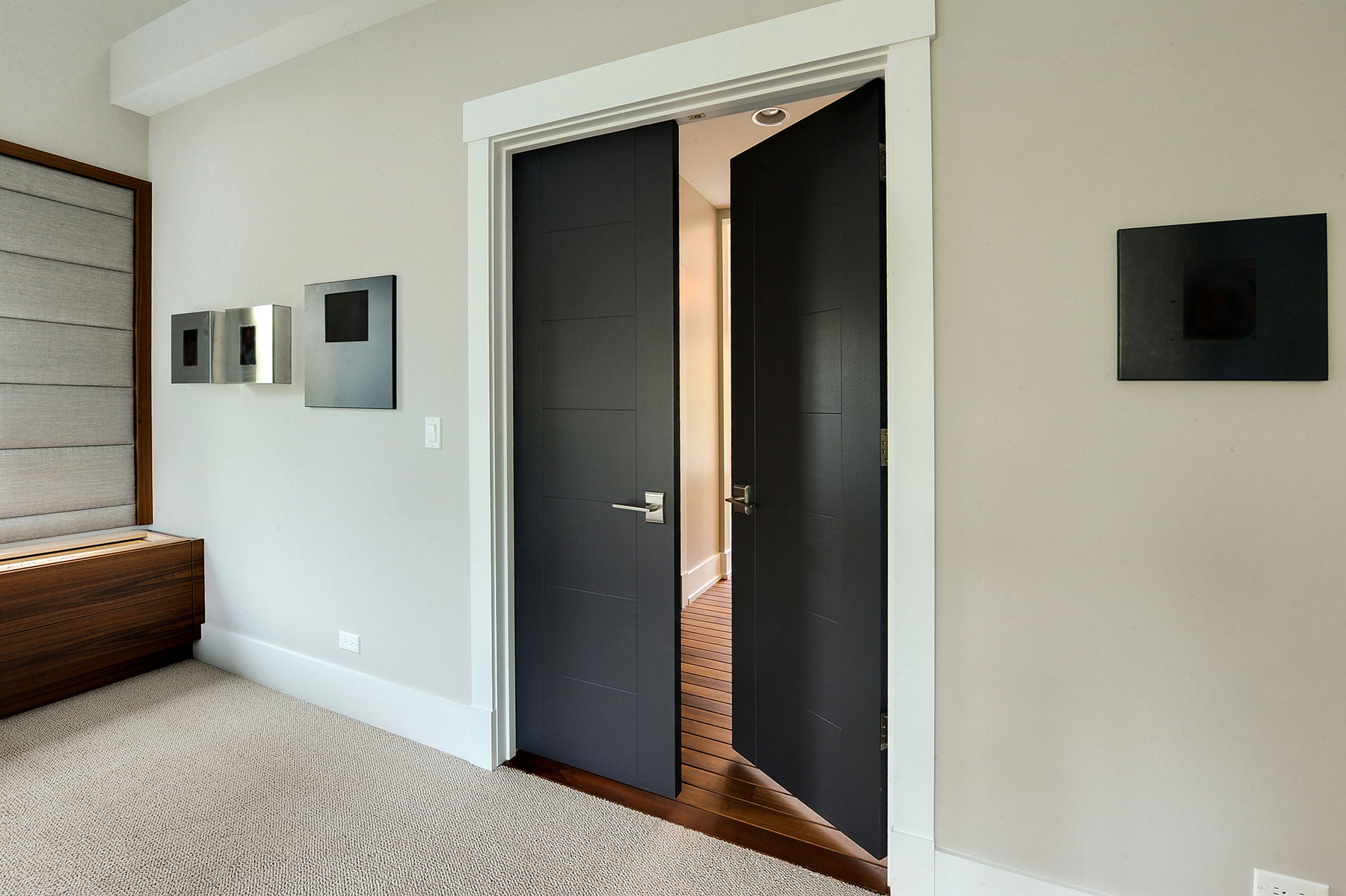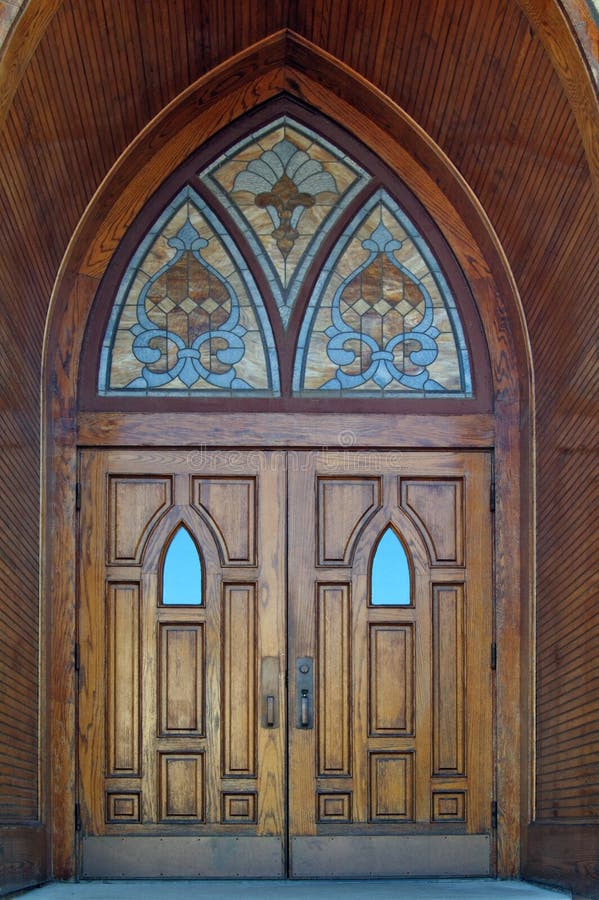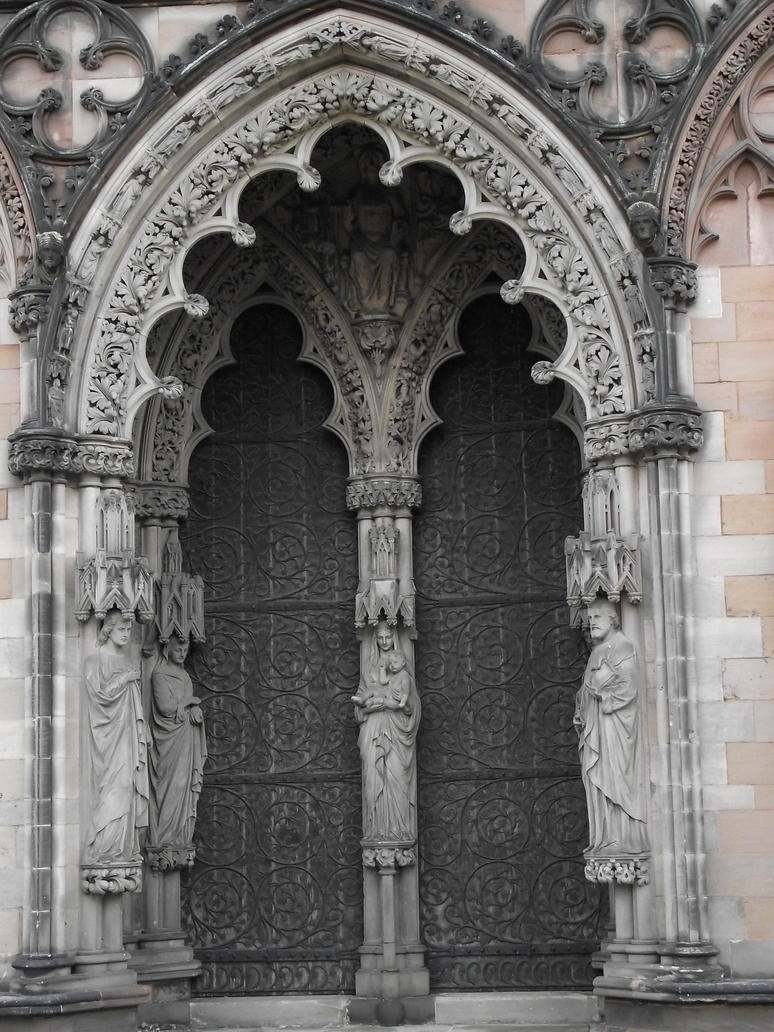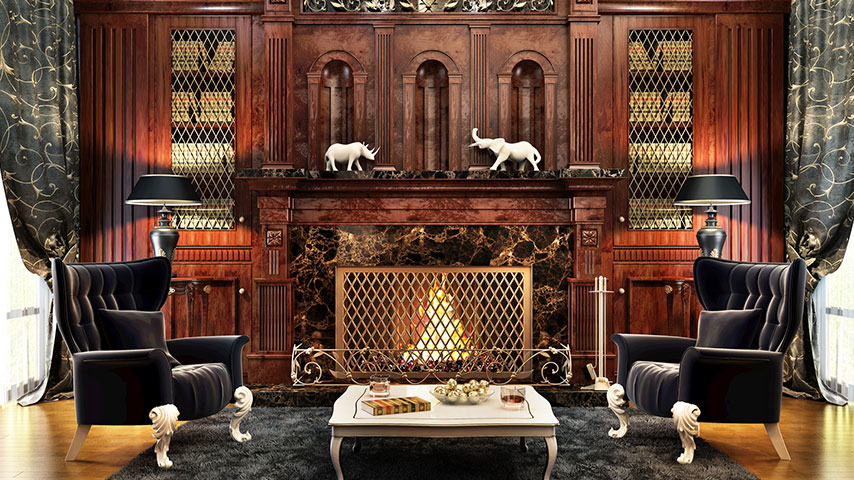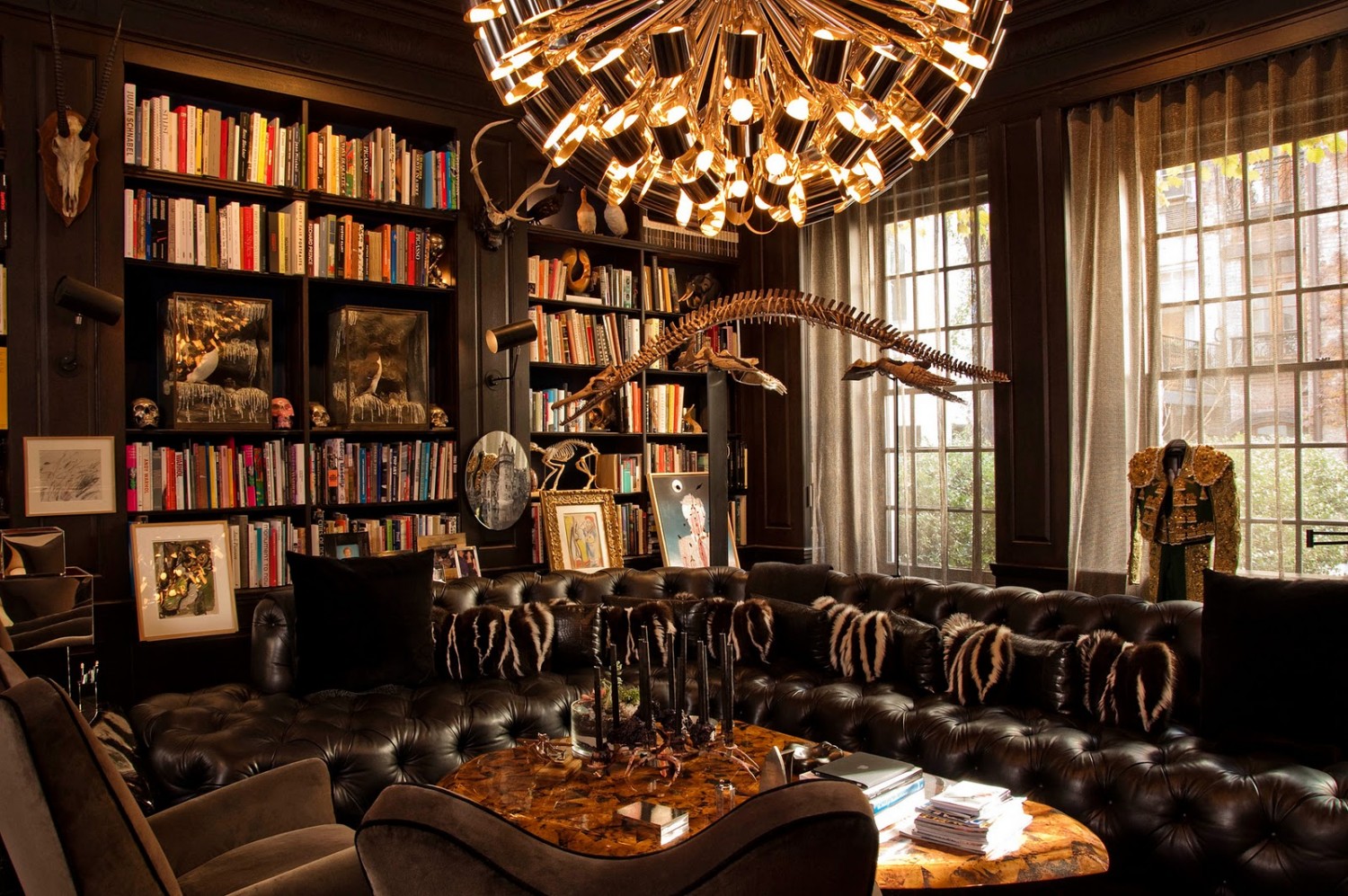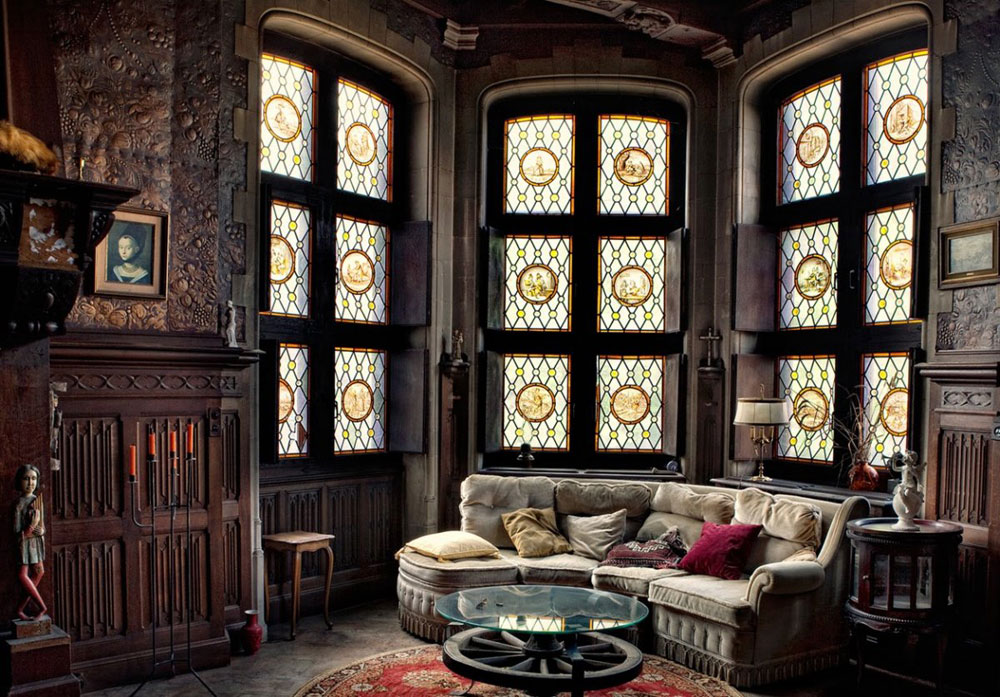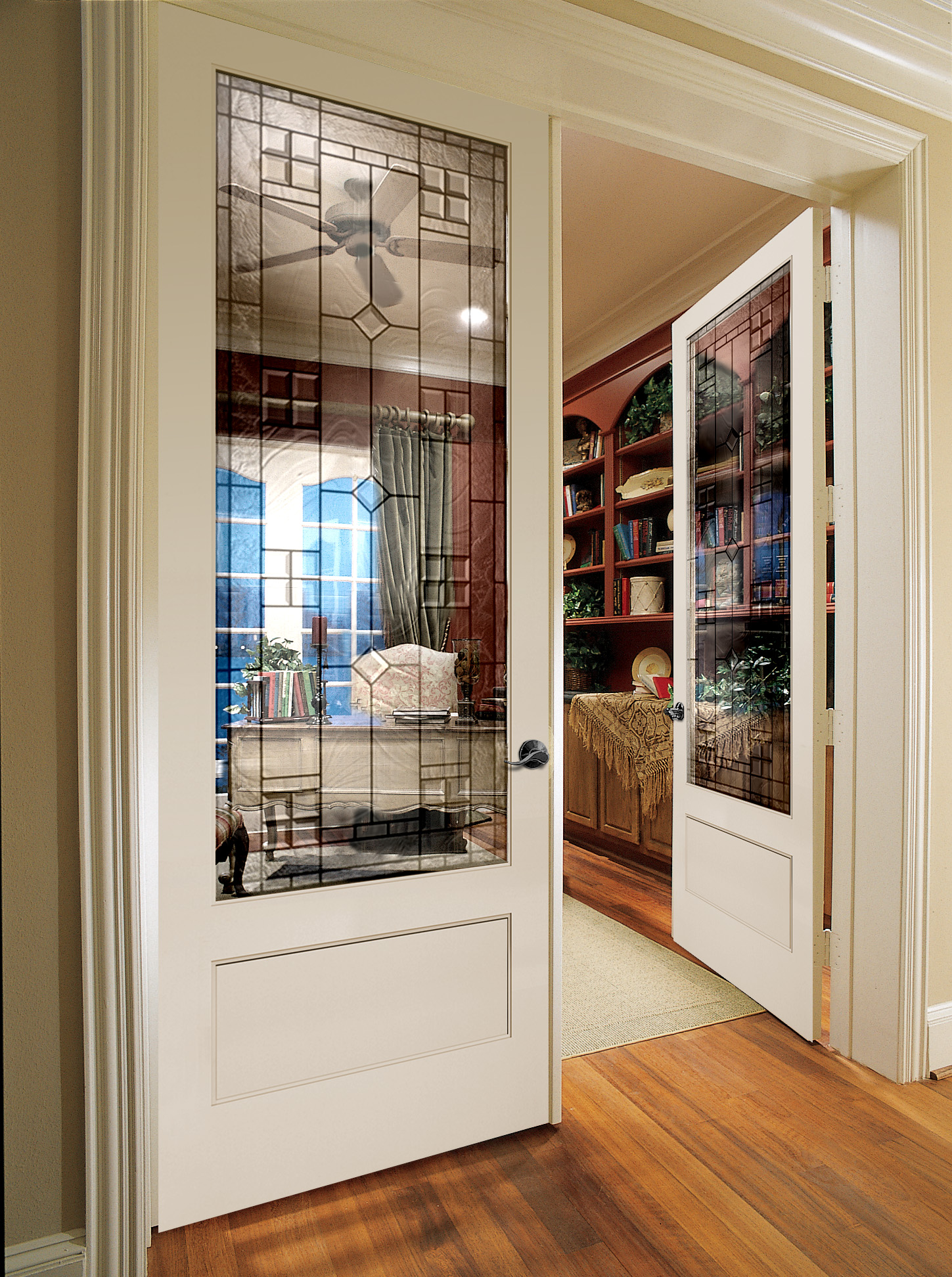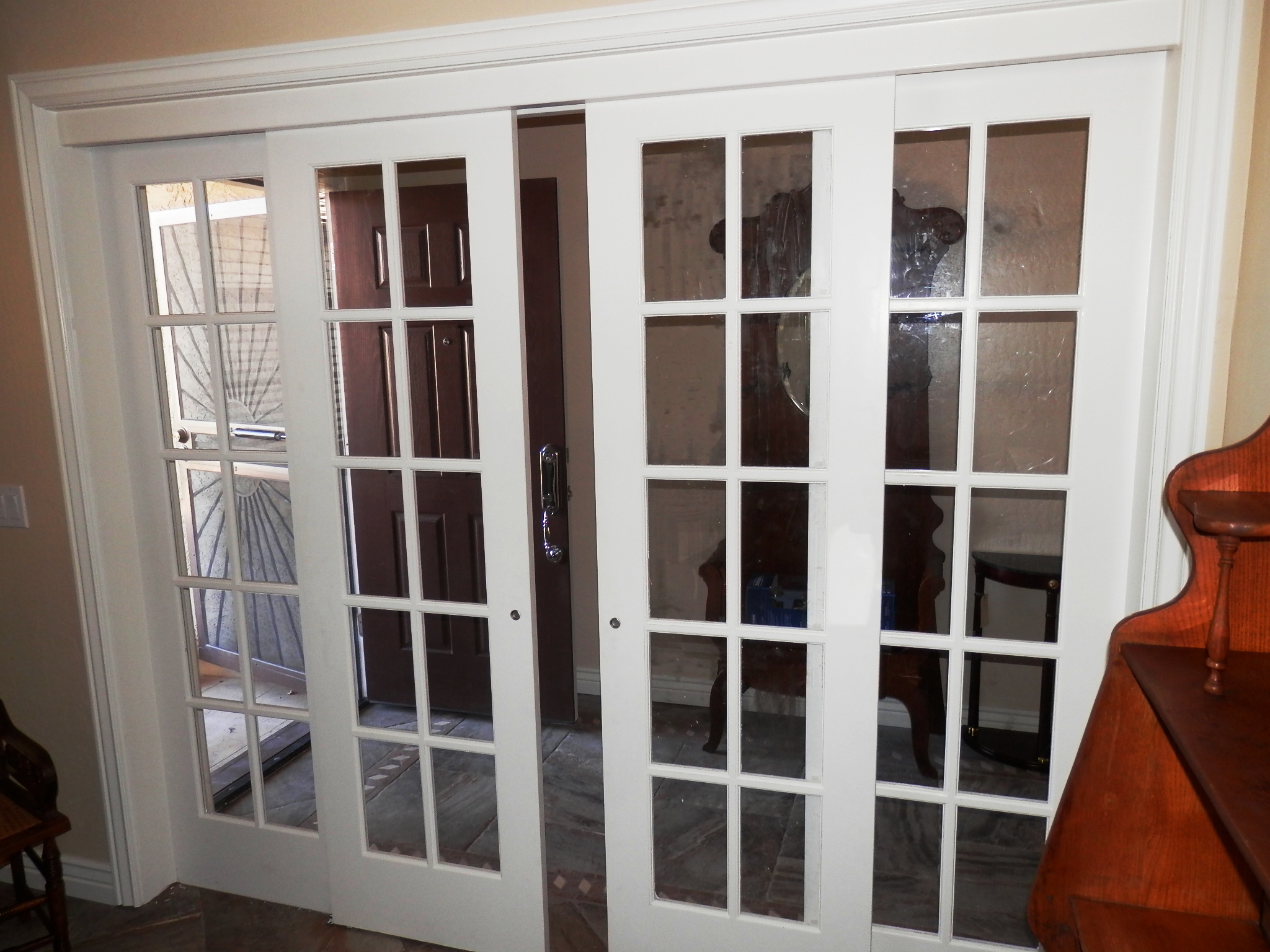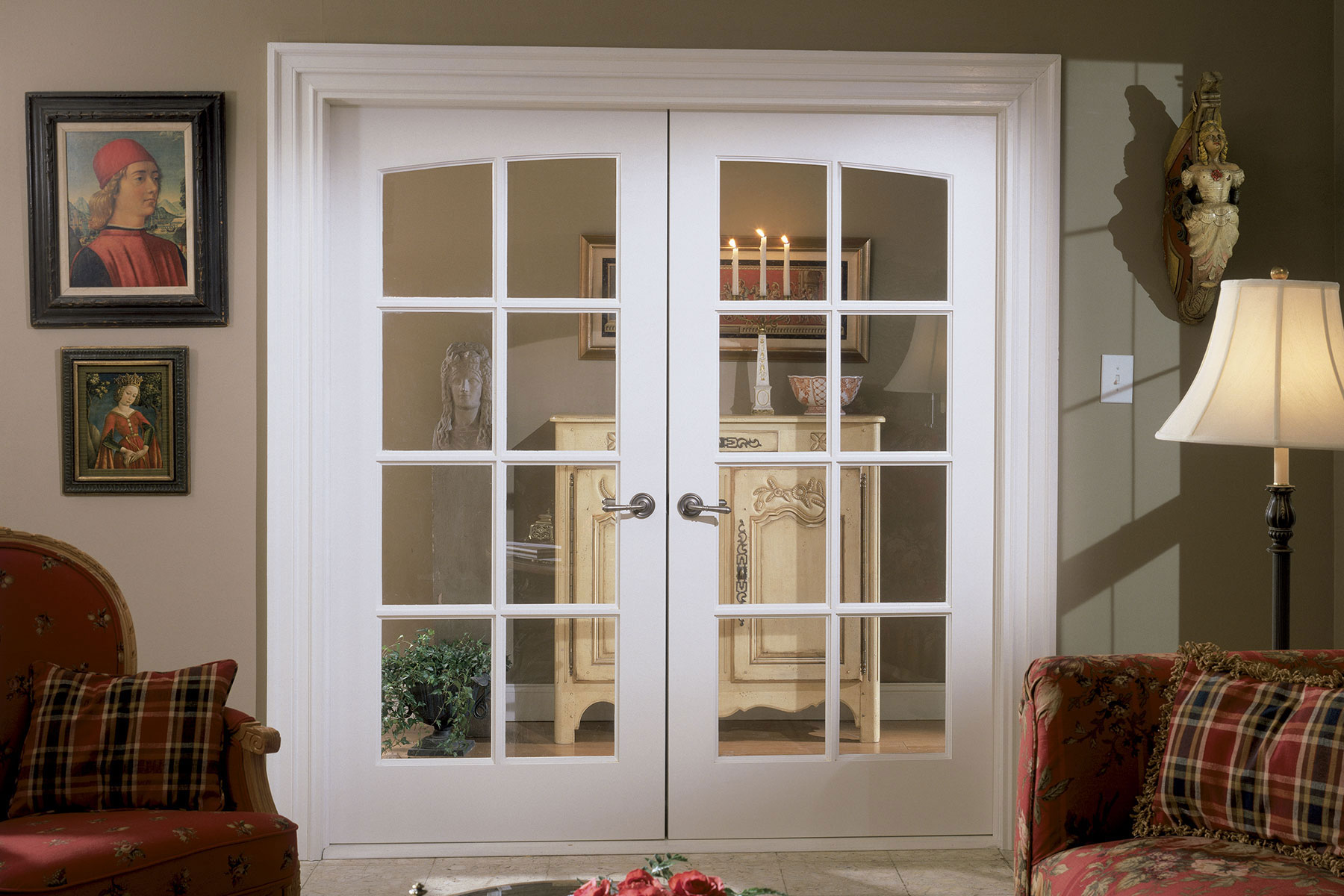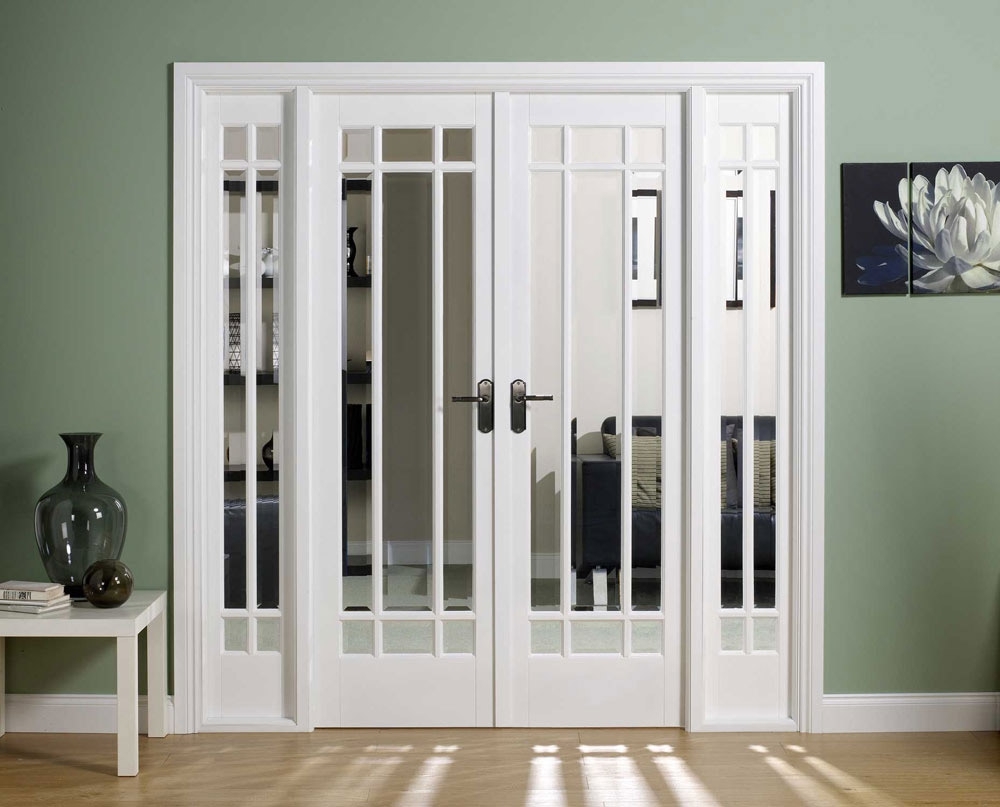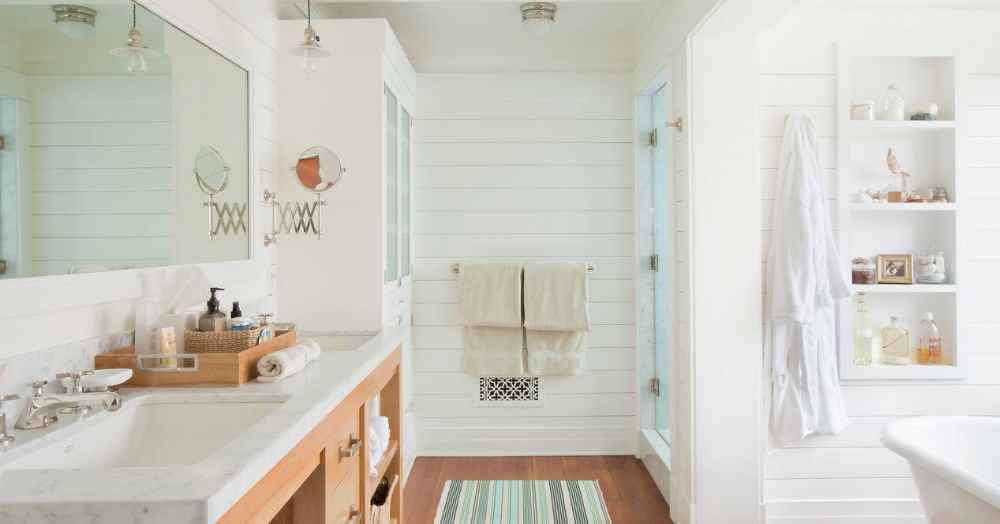Victorian-era interior doors are architectural styles adopted by the Victorian era. These doors are characterized by intricate designs such as a heavy beveling on the moldings, and artistic details such as stained glass or whimsical woodcarvings. These interior doors were also made from superior quality hardwood materials such as ash, mahogany, or walnut with intricate grains and ornamental accents. Striking contrast between woods and finishes, and unique joinery techniques were common among these doors.Victorian-Era Interior Doors
Modern gothic interior doors were popularized during the Victorian era, and they are still used today. These doors feature a classic design that can range from simple to ornate. The common characteristics are pointed arches, quatrefoils, mullions, and horizontal wood paneling. To add further appeal, modern gothic doors can be decorated with contrasting colors, accents and metal hardware. They also fit various styles and tastes, from minimalistic architectural looks to elaborate and heavily detailed designs.Modern Gothic Interior Doors
The Renaissance Revival Interior Doors style often features pilasters and fluted columns, and it often combines a number of traditional styles from Tudor, Elizabethan, and Baroque architecture. These doors often have a semi-circular or pointed top, and a large semi-circular arch that curves closes the door. The door panels often bisect with the center containing a shield or scrolled shape, and various mullions and muntins. The hardware on these doors is often substantial and has intricate details.Renaissance Revival Interior Doors
Introduced in mid-19th century, Italianate interior doors has since gained much popularity. The common characteristics of this style relate to the Mediterranean regions, and it is often characterized by cylindrical or tapering columns, and round arches on windows and doors. These doors and windows have ample glass, which is usually divided or complemented by strips of moldings. The decorative features range from simple molded frames to complex carvings, and the hardware is generally simple with minimal detailing.Italianate Interior Doors
The Colonial Revival interior doors style is based on the early American styles of the 1700s and 1800s. These doors are heavily influenced by New England’s Colonial structures and are often characterized by wide door panels with a raised center panel and carvings. These doors are also usually made from hardwood, which is decorated with detailing such as dentils and flutes. Colonial Revival interior doors also have paneled side lights or transom upper windows set within an arch.Colonial Revival Interior Doors
Second Empire Interior Doors are characterized by their grand doorways and monumental character. These kidney-shaped doors often feature a semicircular roof, and the rooflines near the hinged side of the doorway curve down and typically support an elaborate roofline sculpture. The grand entrance door then has an arching canopy with a balcony design, supported by a portico with marble stairs. The windows above the doors are elaborately decorated with motifs of scrolls, pinnacles, and embellishments.Second Empire Interior Doors
Beginning in 1876, the Eastlake interior doors style was popularized by American Designer Charles Lock Eastlake. While inspired by French and Italian style doors, the Eastlake interior doors have their own unique features. They are often divided into two or more square sections, each with raised beveled panels. These are then framed with intricate details such as carvings, applied spindles, and applied molding. They are usually accentuated with several different paint colors or decorative finishes, such as gold or silver.Eastlake Interior Doors
Stick interior doors are a simpler version of the Eastlake interior door, yet they feature the same straightforward style. These doors have rectangular frames around the panels, composed of straight spars attached to each other. The panels are relatively plain, usually in two rectangular shapes. The frames and panels are often stained for a simple look that will match most houses.Stick Interior Doors
Rectilinear interior doors feature a modern style that is especially suitable for contemporary interiors. This style is often characterized as a PuertasTAP linear design, which typically includes door frames without mullions, sills or window frames. They are usually made with open-aperture frames, constructed with a single, solid piece of wood. These doors offer a sleek, minimalist design that provides a seamless and contemporary aesthetic.Rectilinear Interior Door
Gothic interior doors are characterized by their elaborate design and its many tapered, pointed arches. These intricate designs, often composed of carvings and railings, are an interesting contrast with the plainer panels. The doors are usually made from dark-colored hardwoods such as walnut and mahogany. Gothic interior doors add a dramatic, vintage look that adds elegance and sophistication to any room.Gothic Interior Doors
French interior doors are characterized by their distinctive symmetrical designs and generous glass accents. These doors often include two or more panels, each with an arched center panel. These frames are usually painted or stained in vivid colors, and the glass accents also provide an interesting contrast to the sturdy frames. French interior doors provide a layer of elegance and charm that will add a touch of sophistication to any home.French Interior Doors
Renowned 1860’s Styles for Interior Doors
 The 1860’s was the prime era of homeowners taking pride in their interior doors and incorporating ornamental and decorative design elements such as two-panel arched doors and decorative glass panes into their projects. Interior doors during this age focused on making a statement, with designs diverging from the traditional four-panel style. Some of the most popular recognizable styles of this period included the
Victorian
, the
Colonial
, and the
Louis Philippe
style door.
The 1860’s was the prime era of homeowners taking pride in their interior doors and incorporating ornamental and decorative design elements such as two-panel arched doors and decorative glass panes into their projects. Interior doors during this age focused on making a statement, with designs diverging from the traditional four-panel style. Some of the most popular recognizable styles of this period included the
Victorian
, the
Colonial
, and the
Louis Philippe
style door.
Victorian Style Interior Doors
 Victorian style doors were some of the most ornamental doors manufactured during the 1860’s and consist of an arch at the top filled in with decorative glazing or panelling. Contemporary Victorian doors are faithful reproductions of the originals made during this among homeowners seeking to add historical accuracy and classic charm to new period-style homes.
Victorian style doors were some of the most ornamental doors manufactured during the 1860’s and consist of an arch at the top filled in with decorative glazing or panelling. Contemporary Victorian doors are faithful reproductions of the originals made during this among homeowners seeking to add historical accuracy and classic charm to new period-style homes.
Colonial Style Interior Doors
 Colonial-style doors boasted a simple, rectangular shape typically constructed out of wood. These doors were often topped with a fanlight window over the door and decorative side lights, creating a sense of openness and light. Colonial-style doors remain popular for their traditional look and decorative finishes that remain popular to this day.
Colonial-style doors boasted a simple, rectangular shape typically constructed out of wood. These doors were often topped with a fanlight window over the door and decorative side lights, creating a sense of openness and light. Colonial-style doors remain popular for their traditional look and decorative finishes that remain popular to this day.
Louis Philippe Style Interior Doors
 Louis Philippe style interior doors of the 1860's were known for being classically simple and elegant. These doors were typically made of painted Wood, featuring two raised panels and a vertical raised moulding. As part of the Louis Philippe architectural style, these doors often featured detailed brass hardware and included wooden knobs and rosettes.
Louis Philippe style interior doors of the 1860's were known for being classically simple and elegant. These doors were typically made of painted Wood, featuring two raised panels and a vertical raised moulding. As part of the Louis Philippe architectural style, these doors often featured detailed brass hardware and included wooden knobs and rosettes.



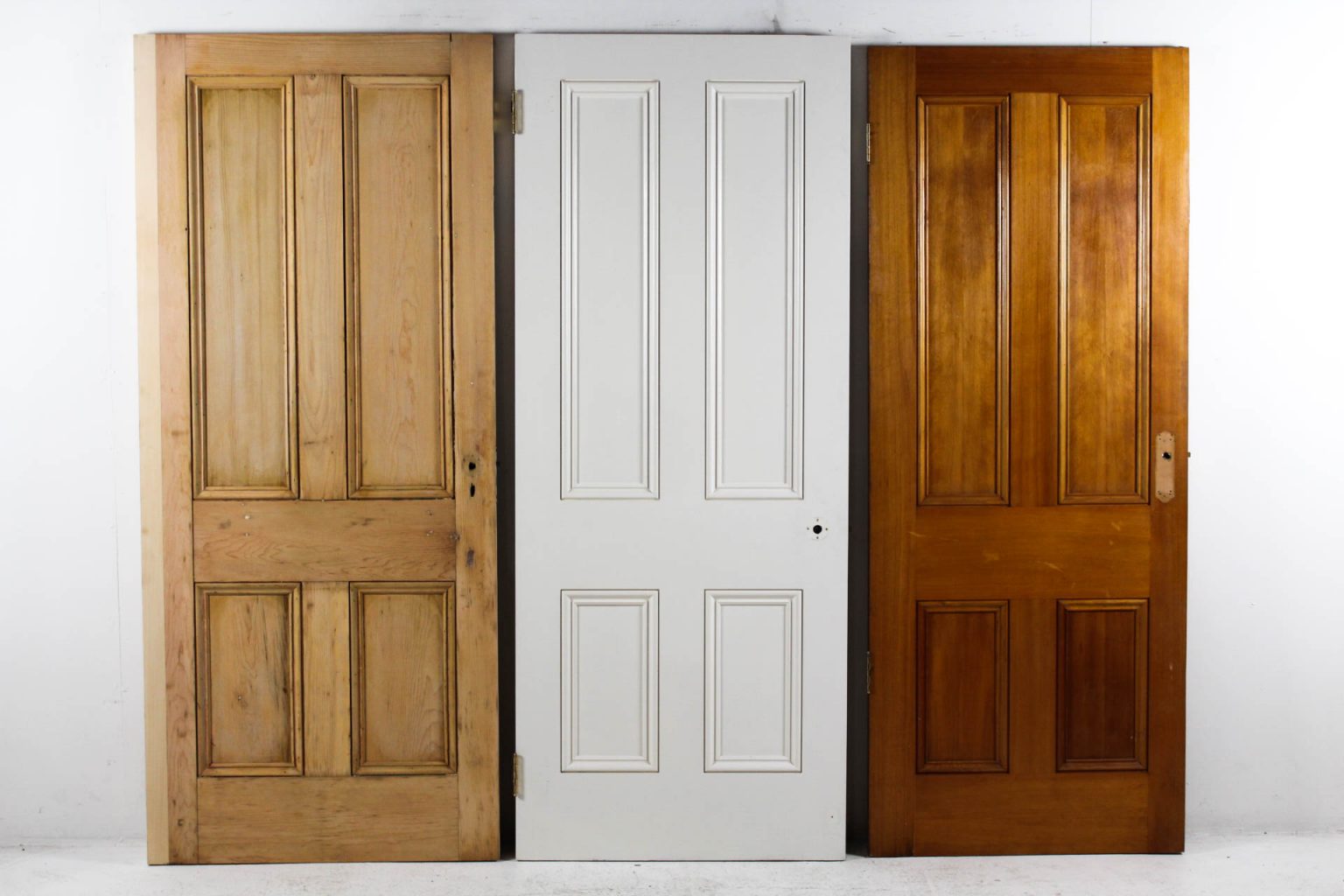
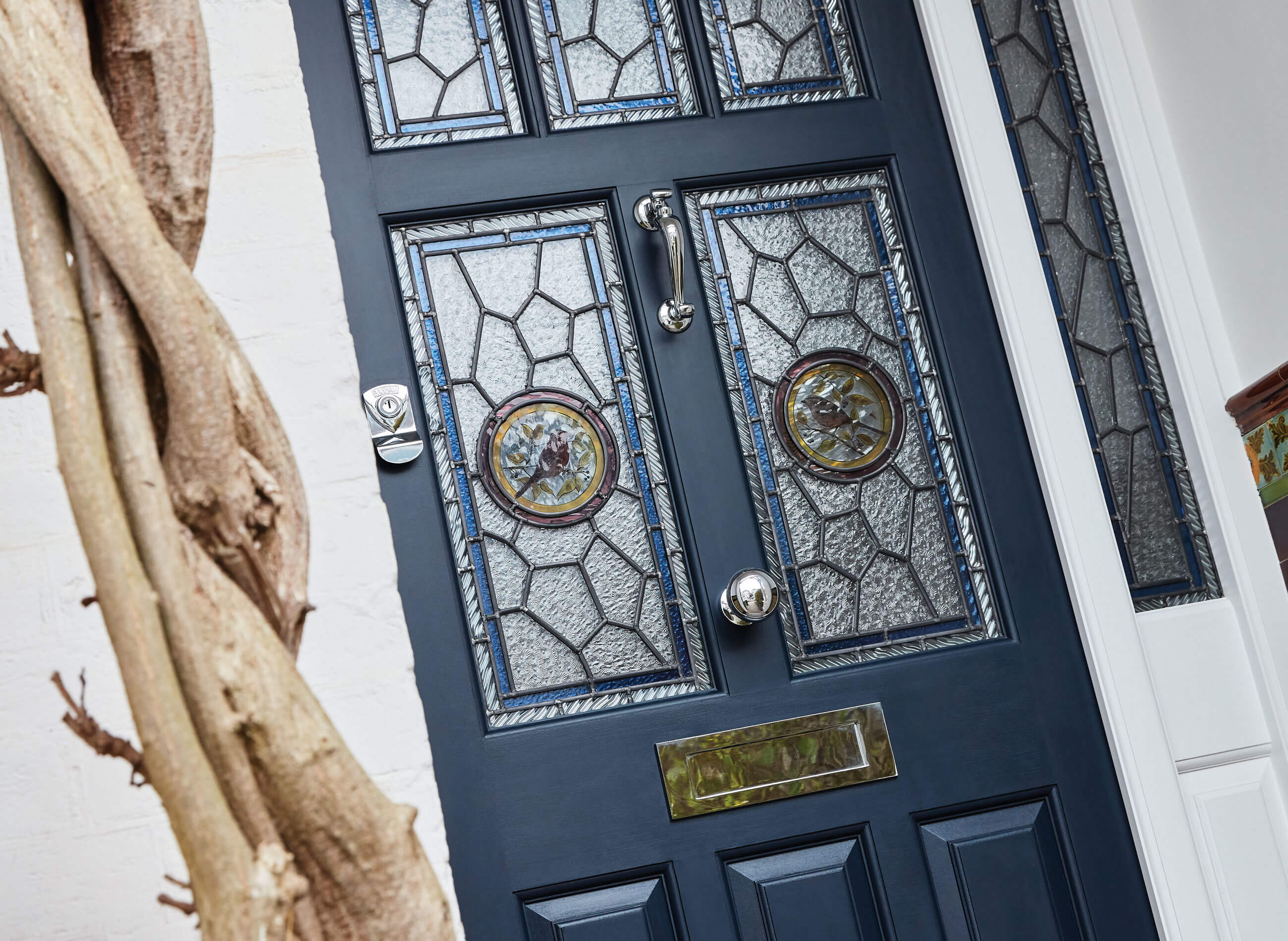
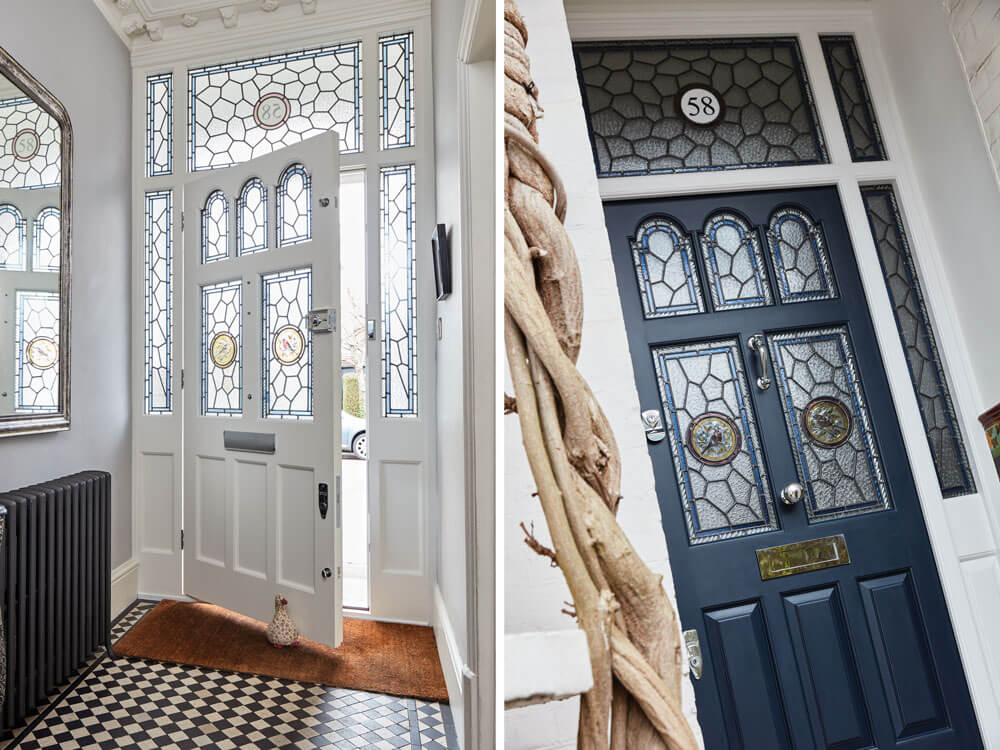

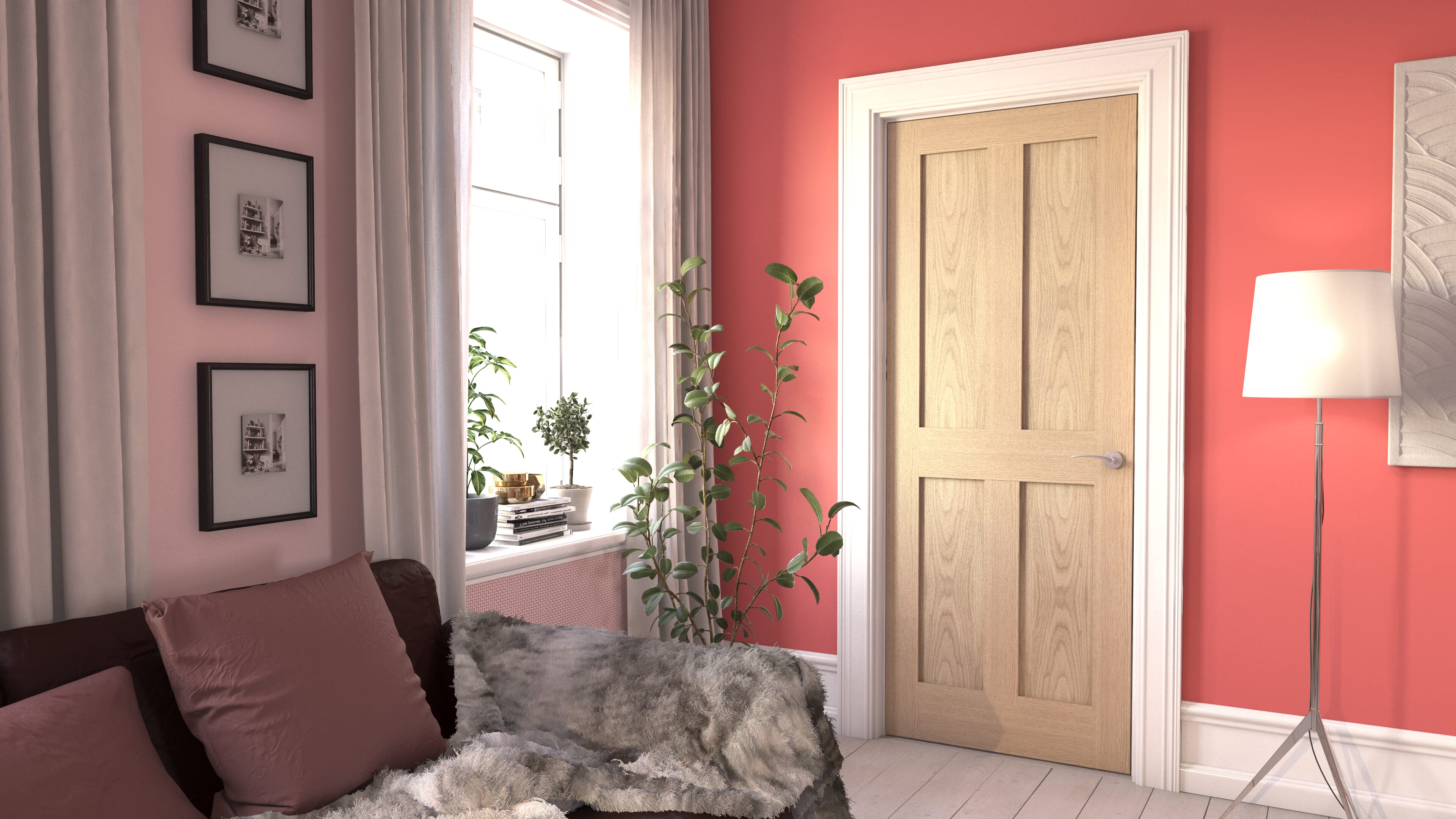
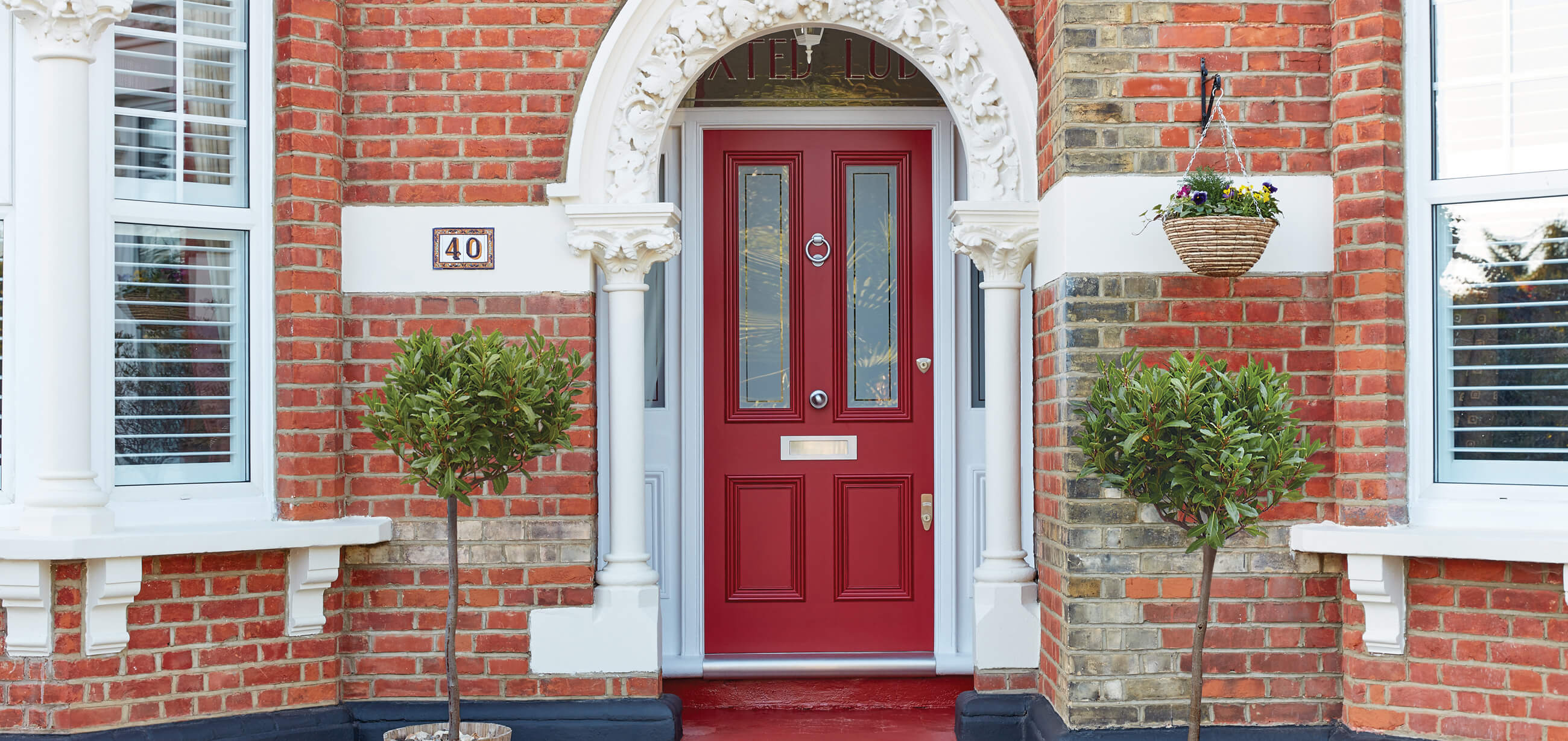
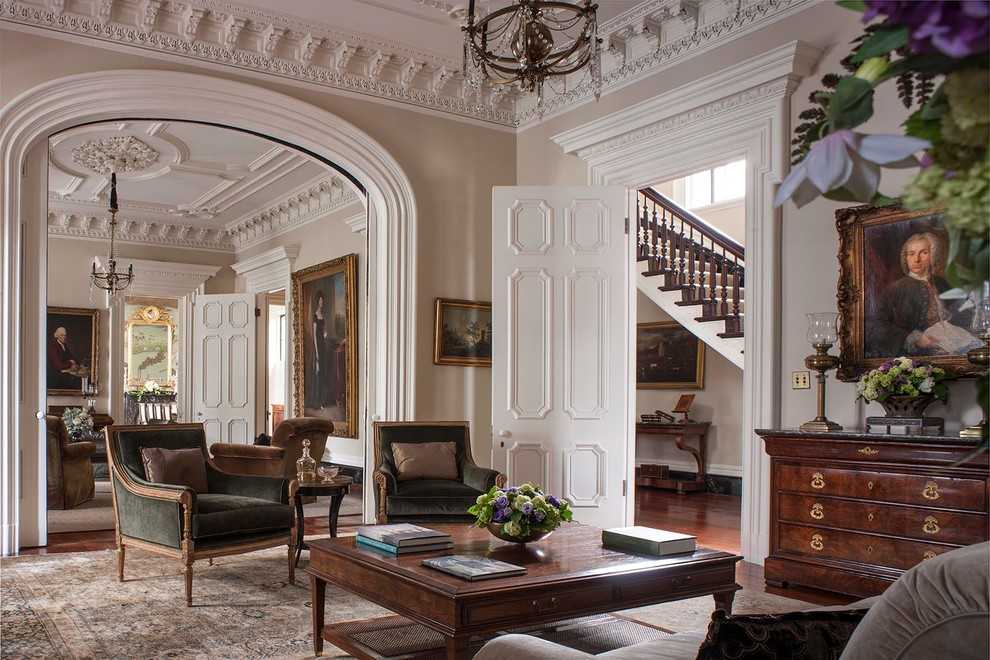
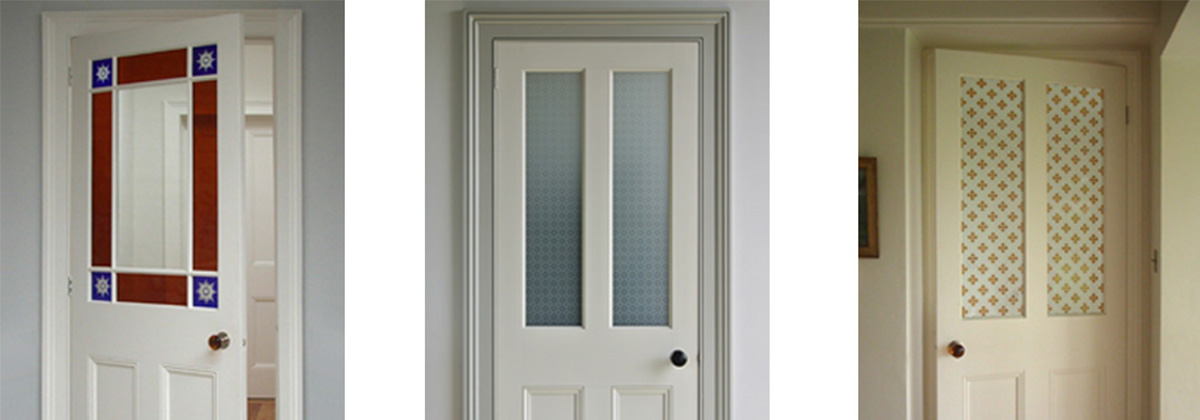


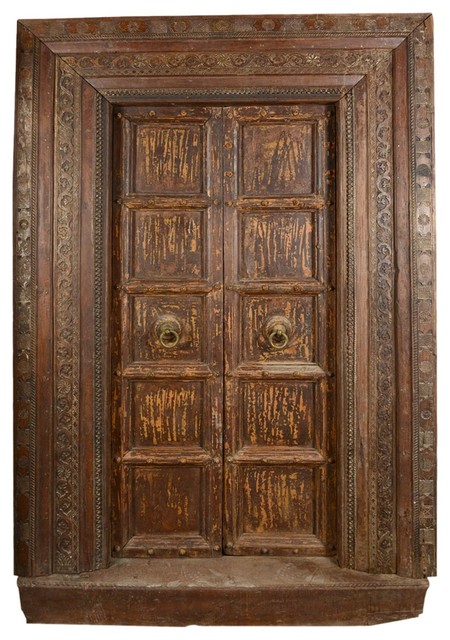


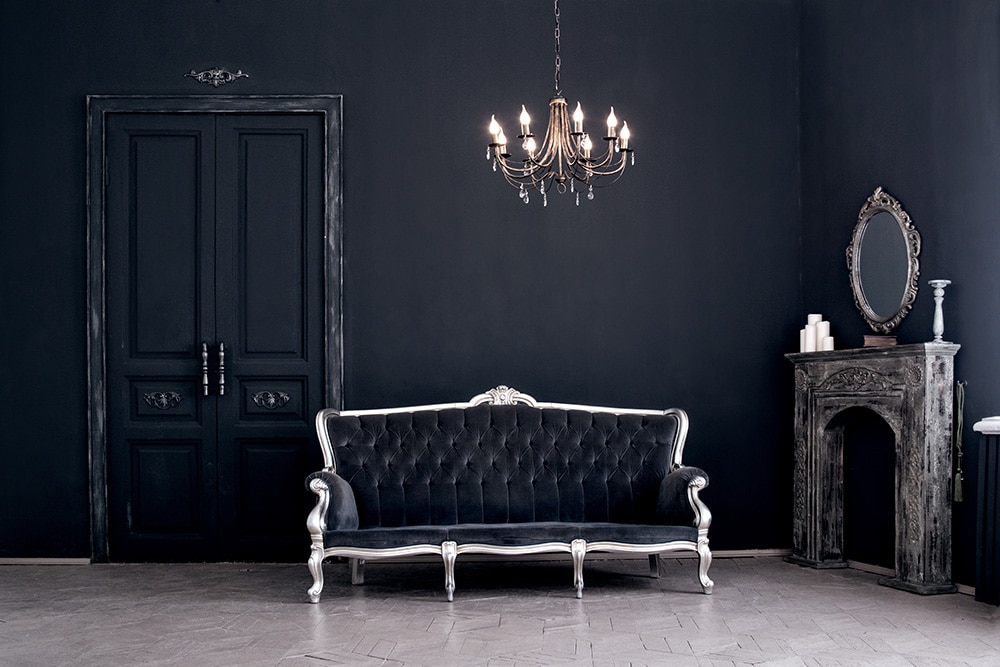































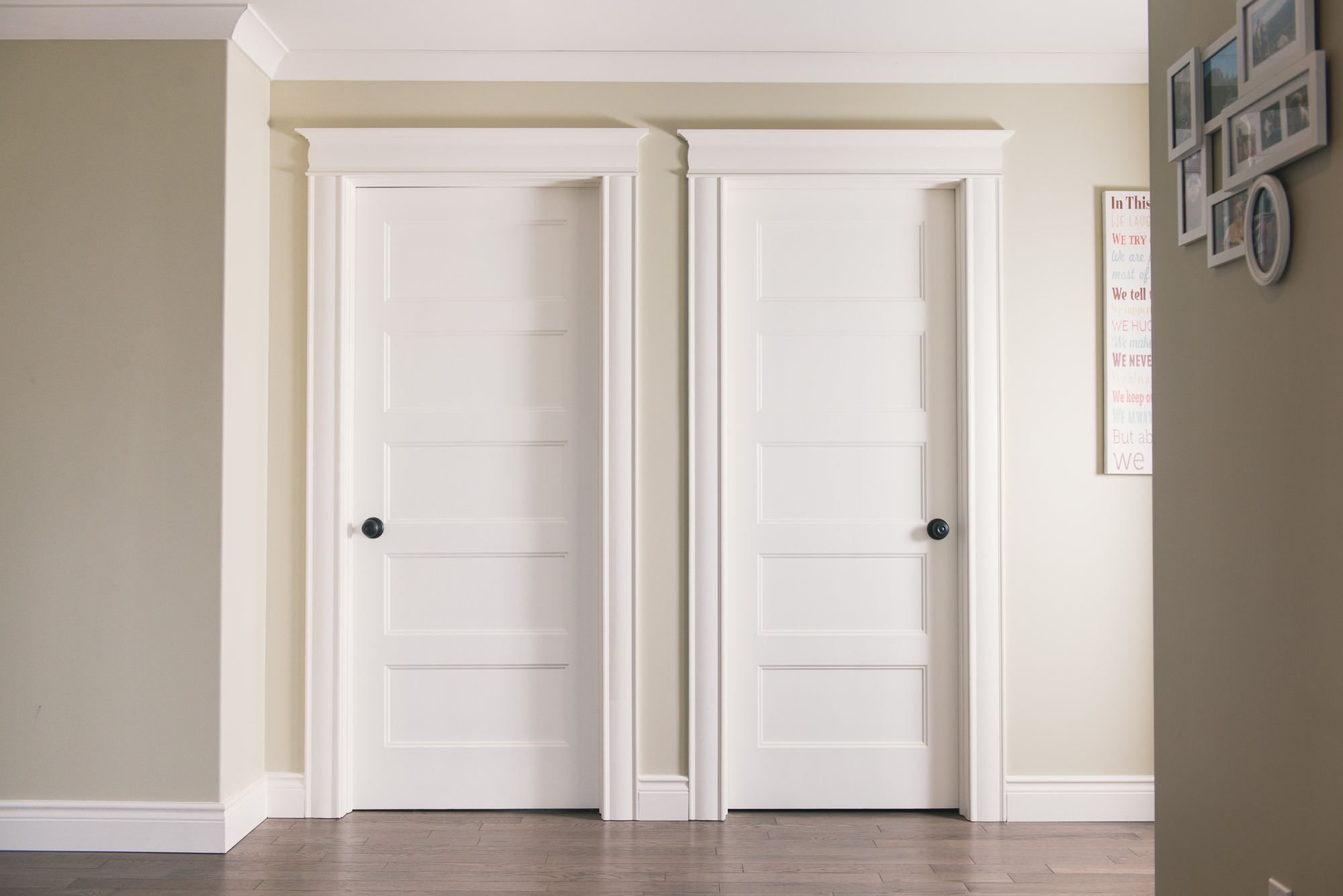


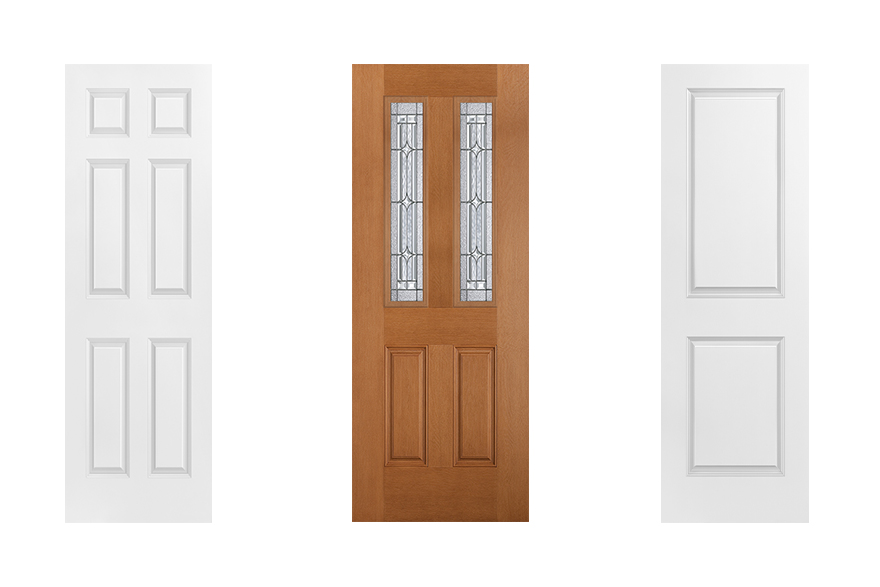
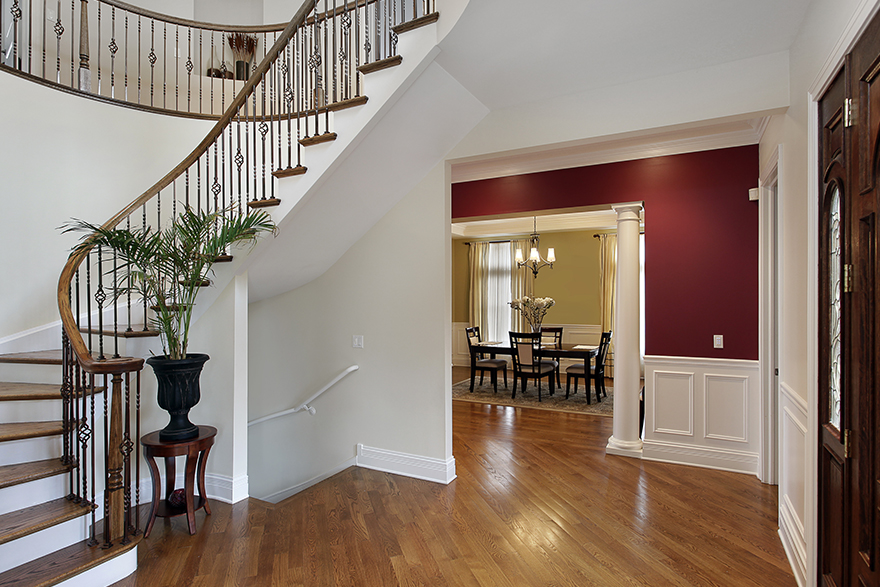






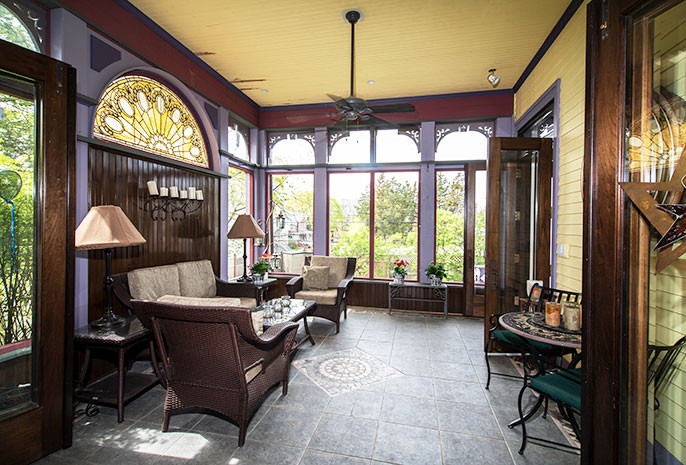



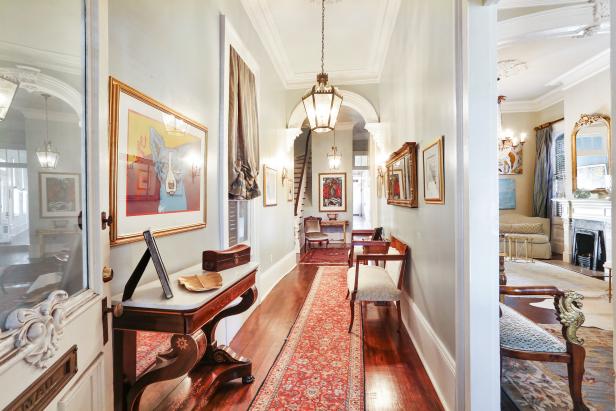










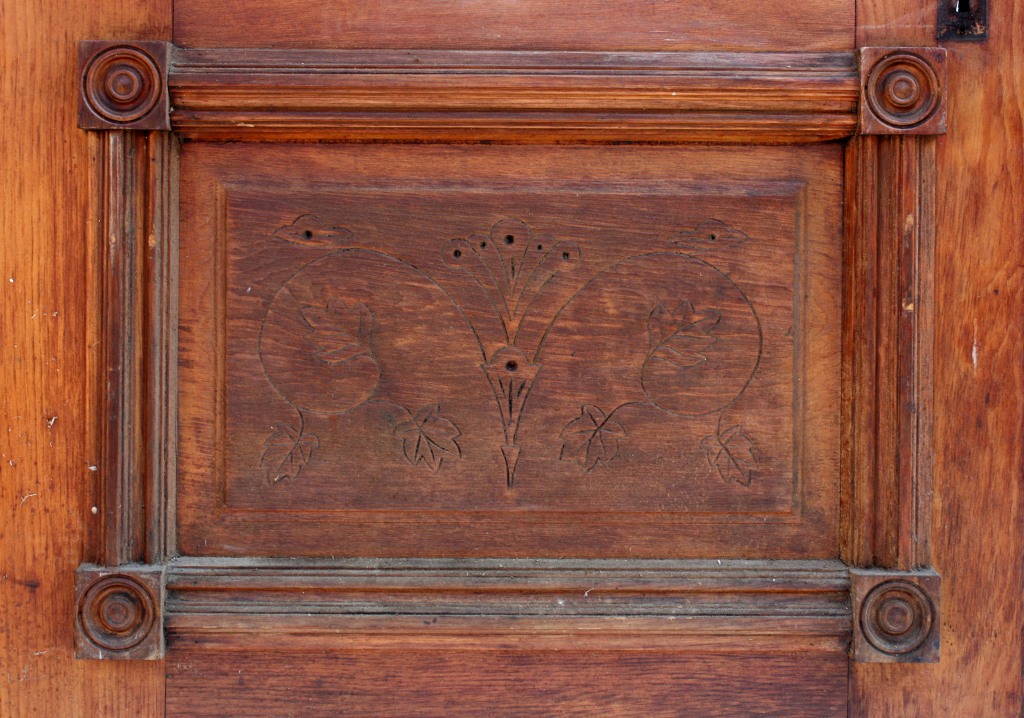

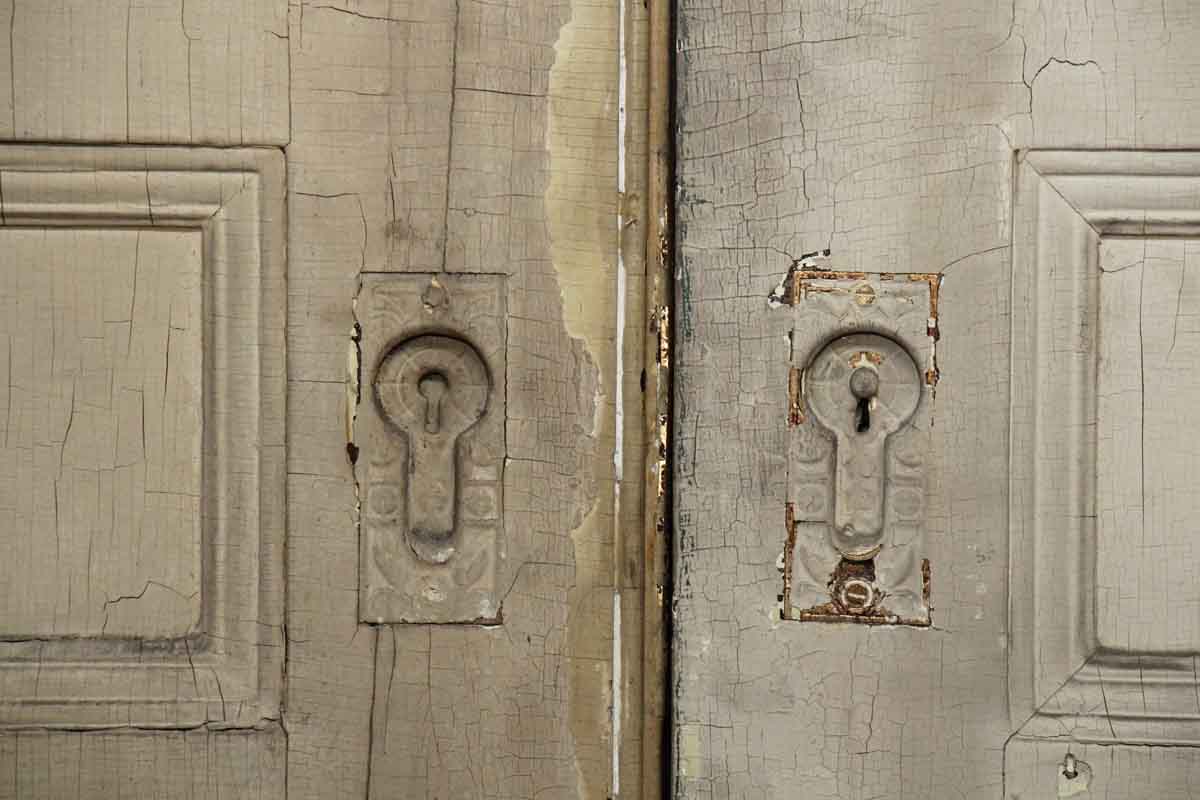
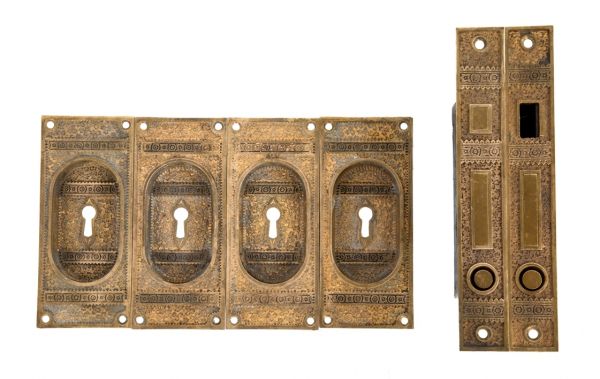


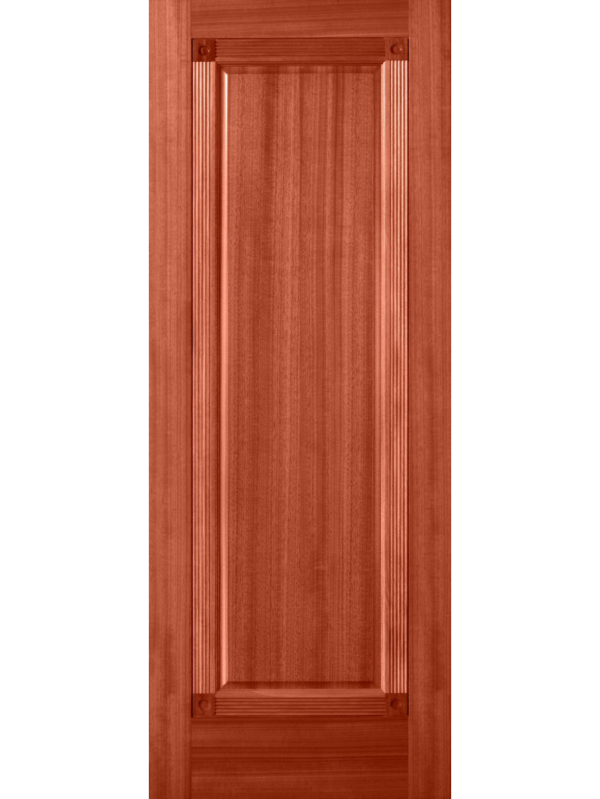



:max_bytes(150000):strip_icc()/easy-fix-for-sticking-door-1821460-07-7af4ed1723f24ceaa77eb19fdc471acd.jpg)





